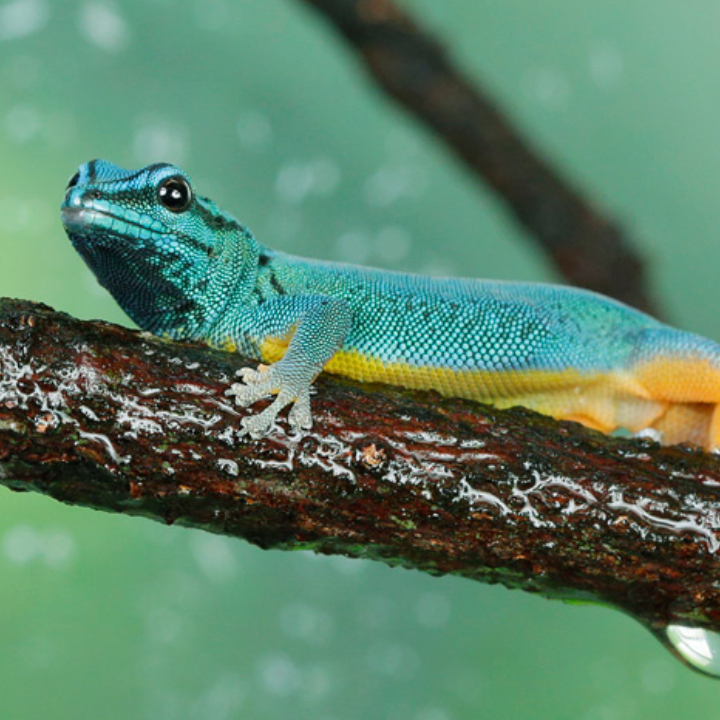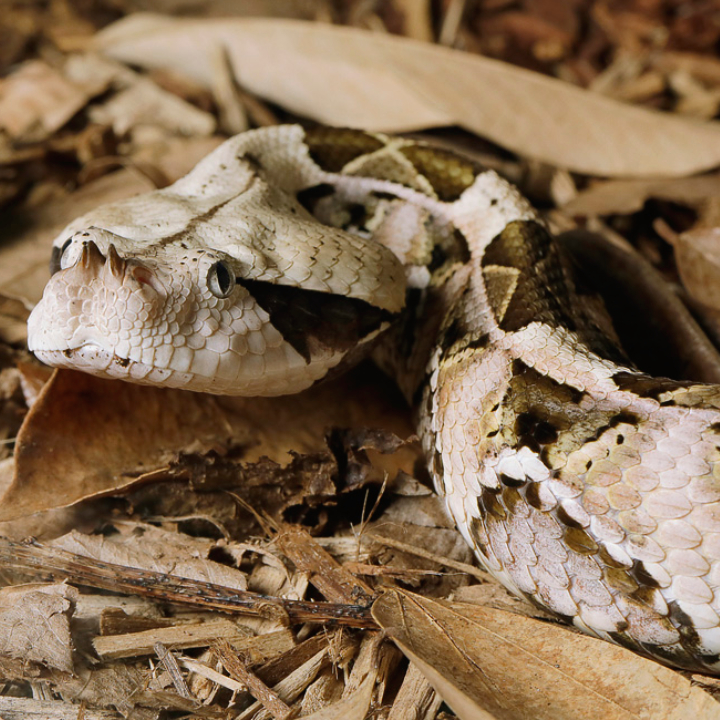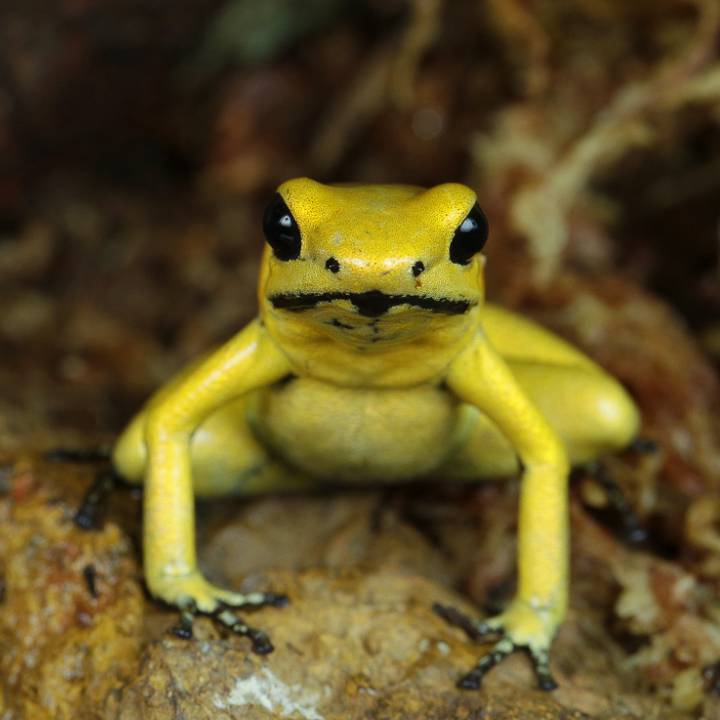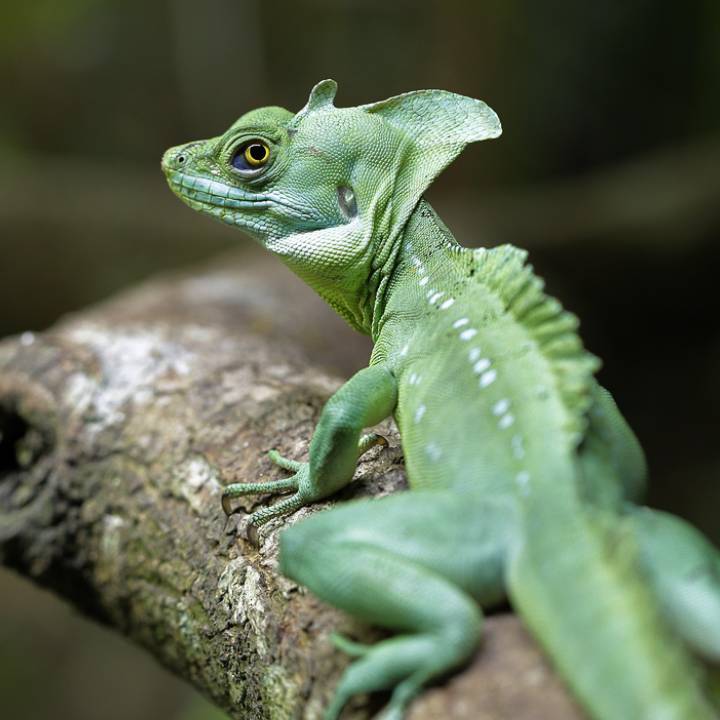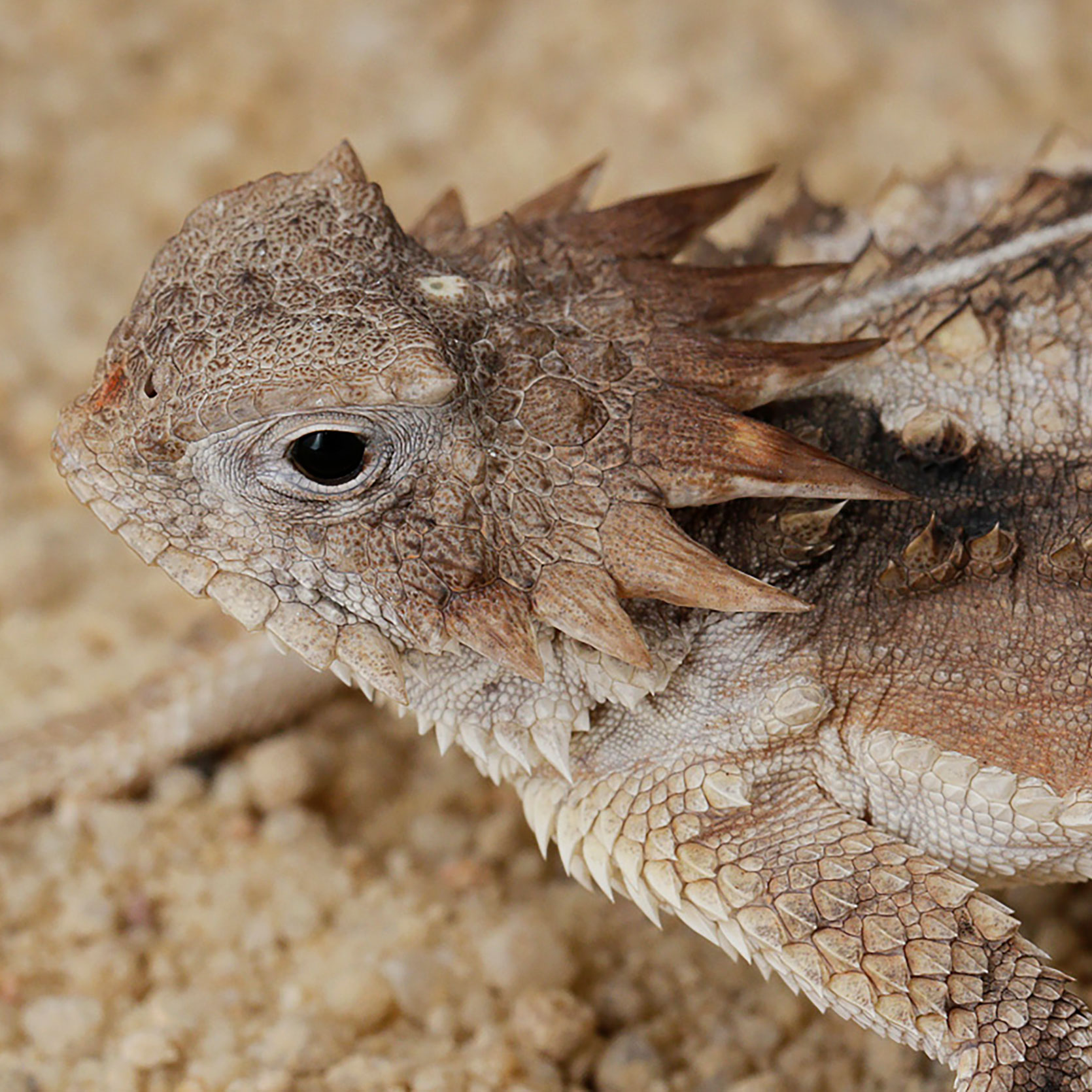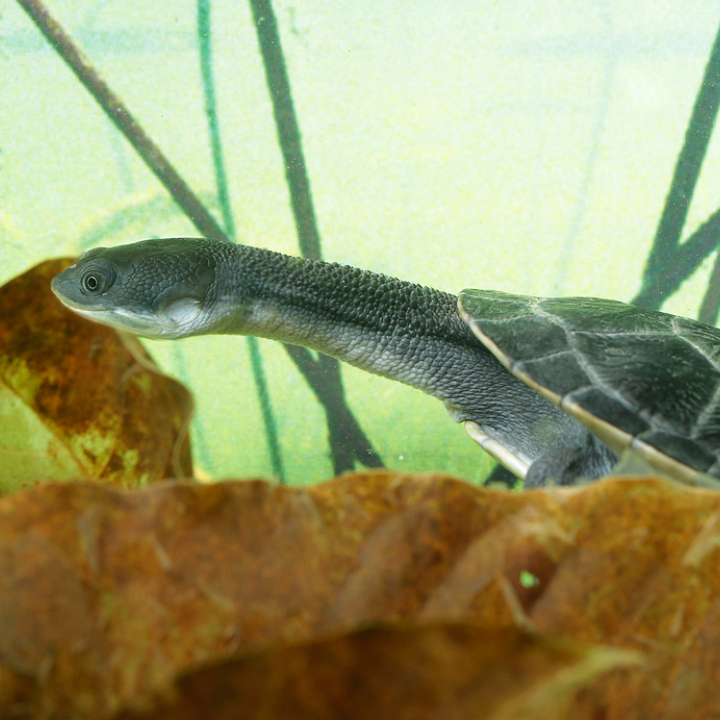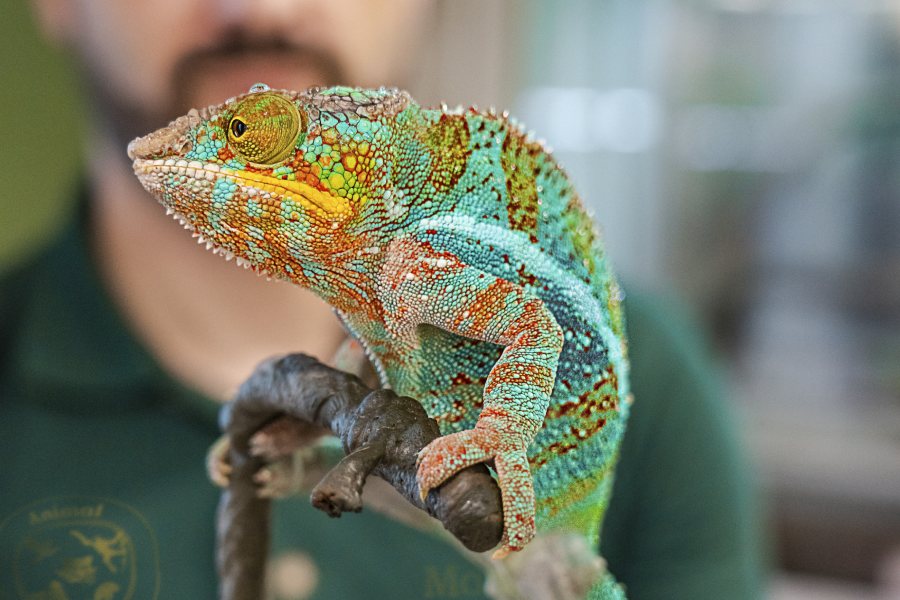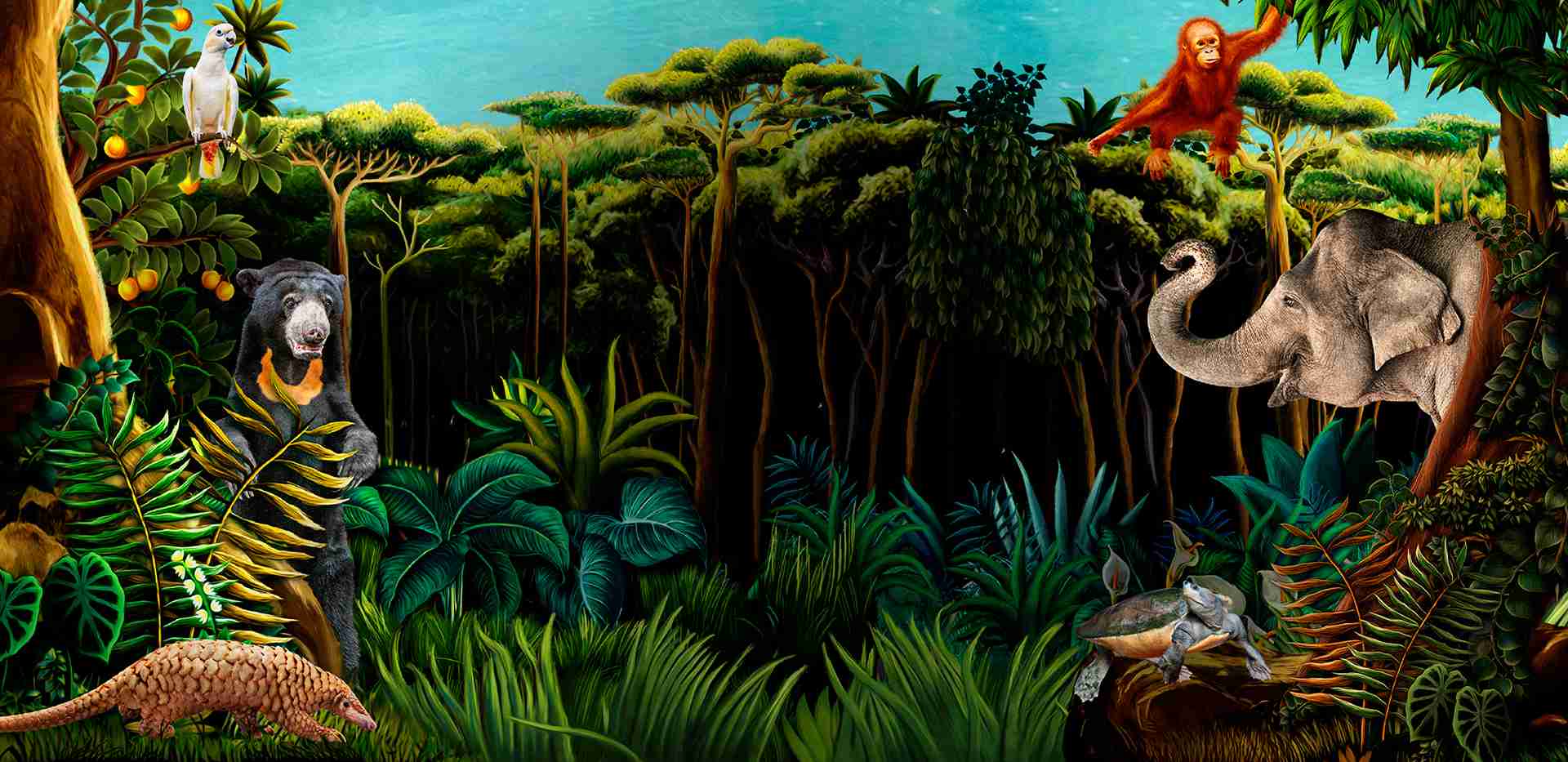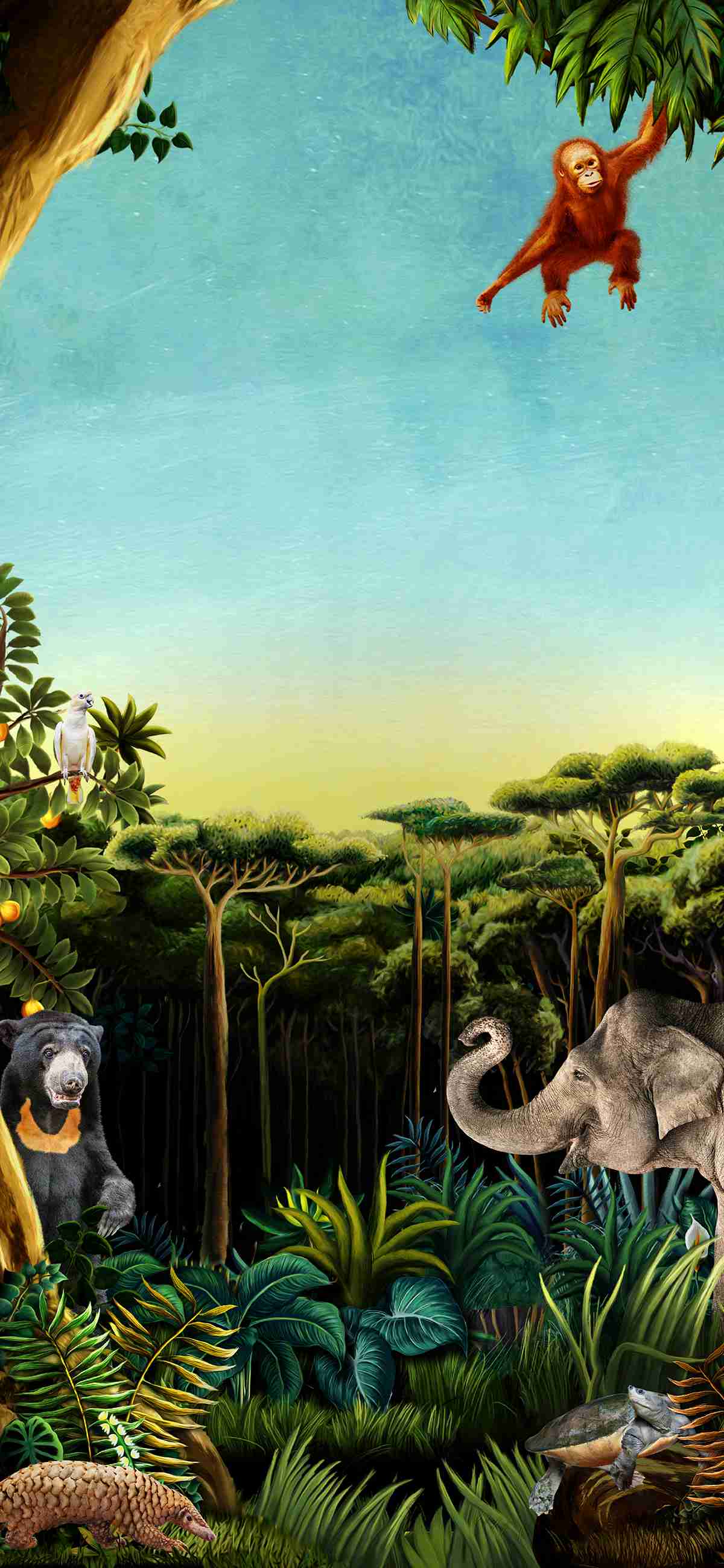Highlights
Animals
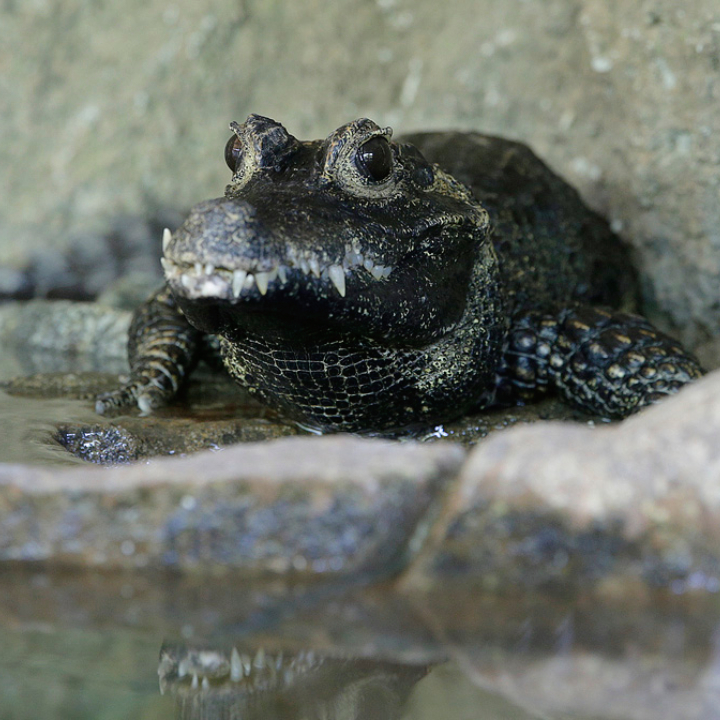
African Dwarf Crocodile
At just 1.5m long, it is one of the smallest crocs. Mostly aquatic, they may bask on logs or even climb onto low tree branches!
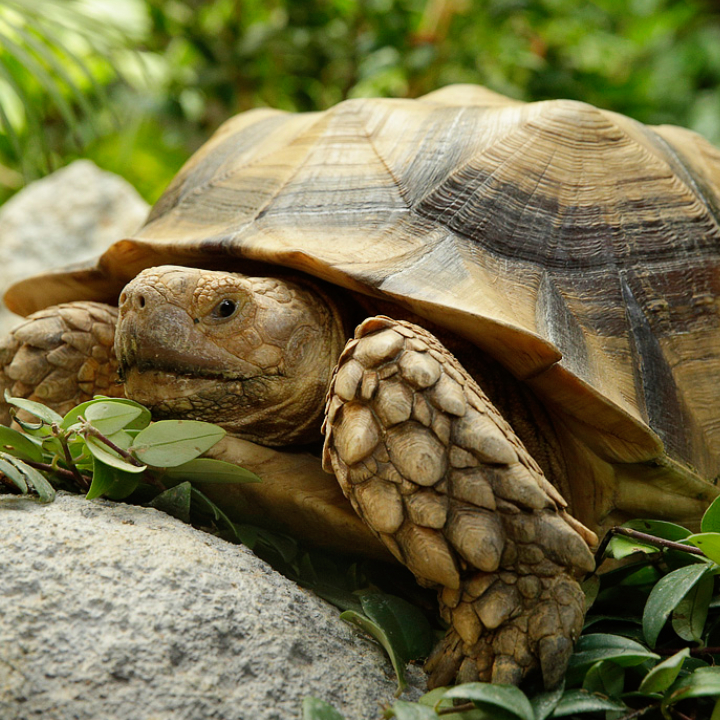
African Spurred Tortoise
At just 1.5m long, it is one of the smallest crocs. Mostly aquatic, they may bask on logs or even climb onto low tree branches!
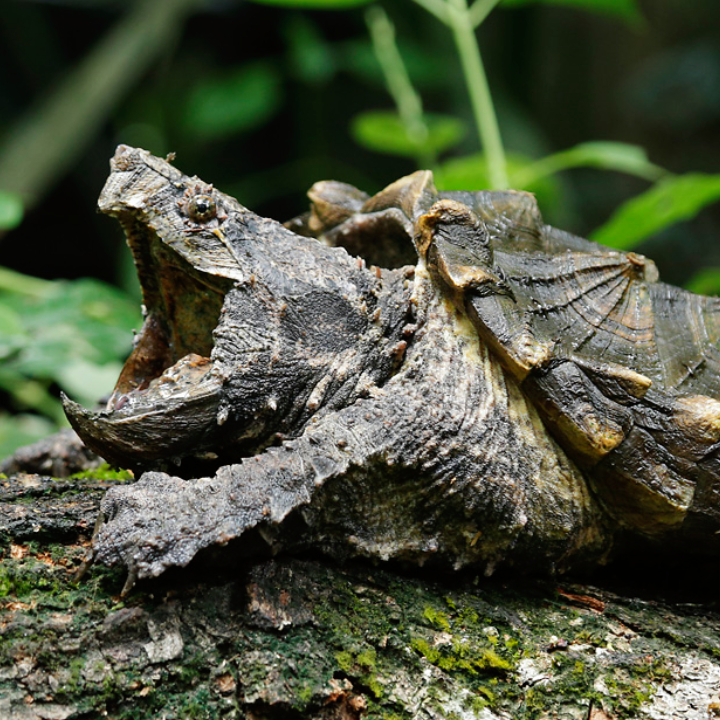
Alligator Snapping Turtle
Primarily carnivorous, these ambush predators stay motionless in the water and reveal the worm-like appendage on their tongues to lure unsuspecting prey.
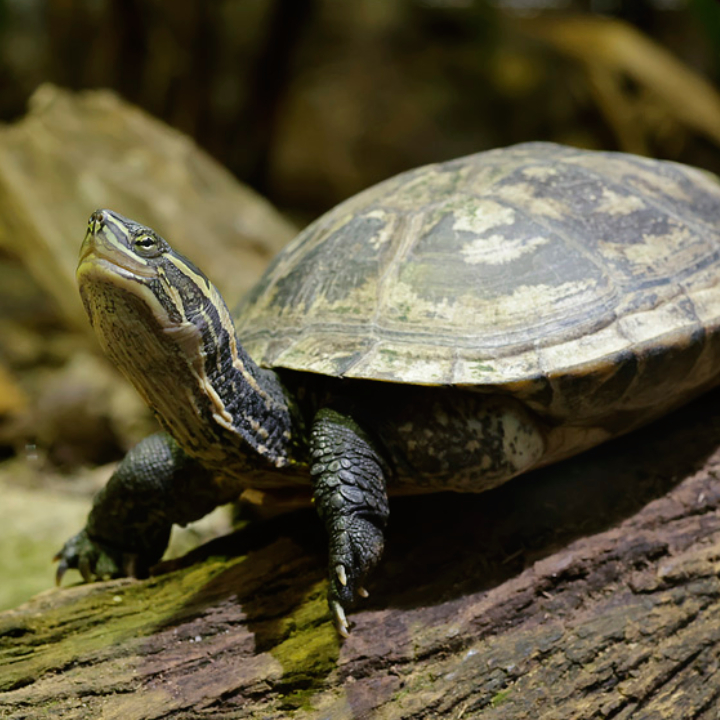
Annam Leaf Turtle
Primarily carnivorous, these ambush predators stay motionless in the water and reveal the worm-like appendage on their tongues to lure unsuspecting prey.
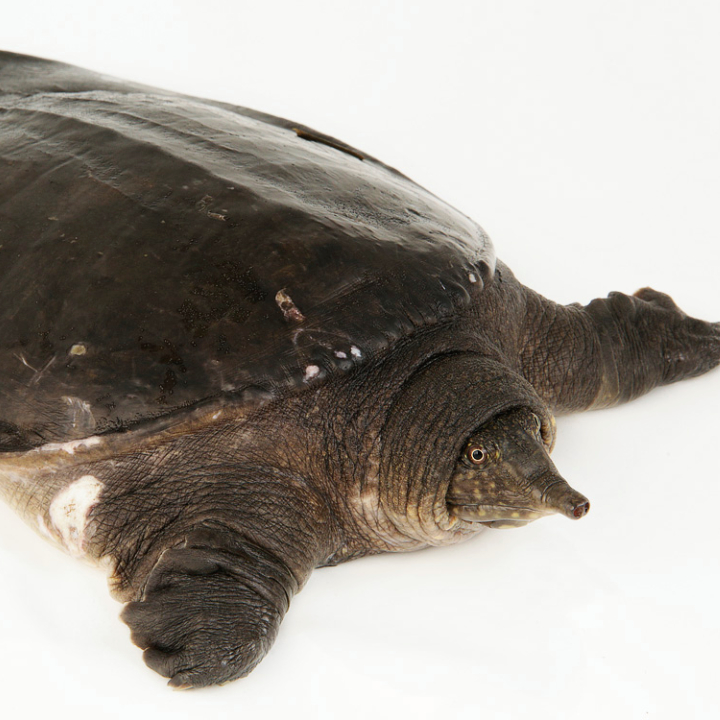
Asian Giant Softshell Turtle
A primarily carnivorous ambush predator, it spends 95% of its life buried and motionless, with only its eyes and mouth protruding from the sand.
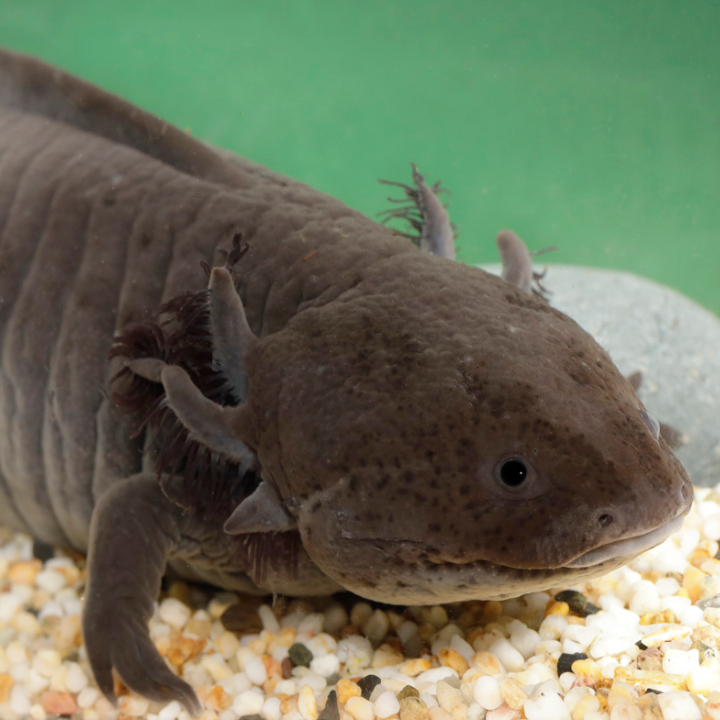
Axolotl
These dark-coloured descendants of the tiger salamander can shift their hue a few shades lighter or darker as needed for camouflage.
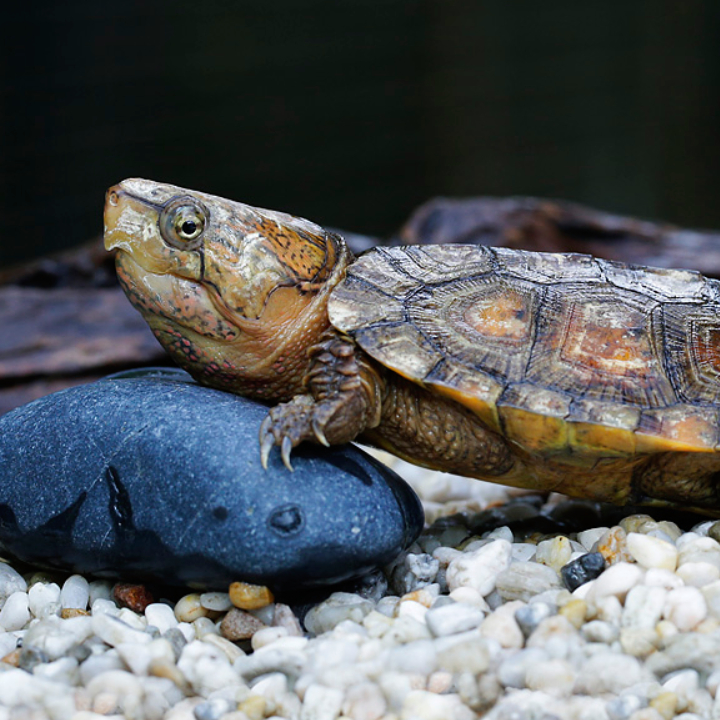
Big-Headed Turtle
While this turtle’s head is so big that it can’t be withdrawn inside its shell, it does have a large bony “roof” on its head for protection.
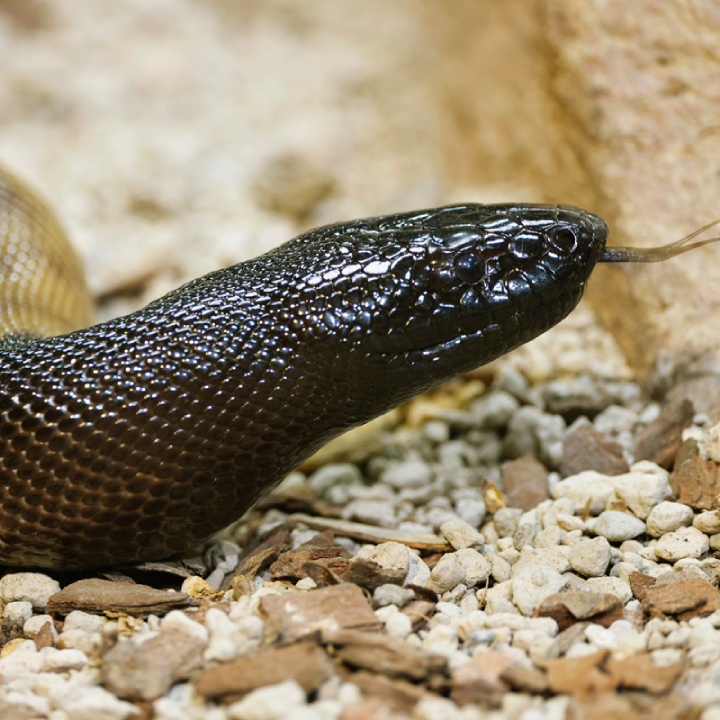
Black-Headed Python
To stay hidden while basking, this snake buries itself with just its head exposed. Its dark colour helps it absorb heat quickly, warming its brain and senses.
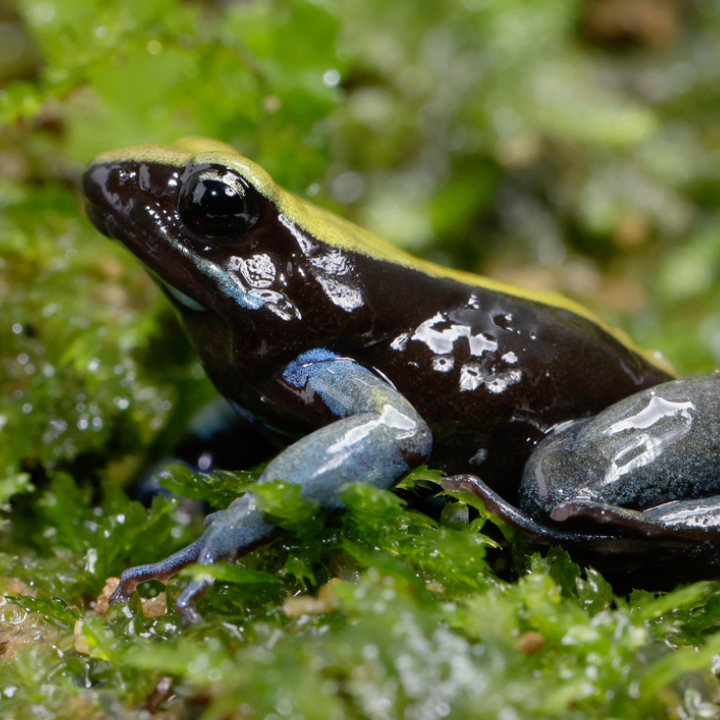
Blue-Legged Mantella
Their eggs are laid on canyon walls or under rocks, which are then flooded by water to complete their development in temporary pools.
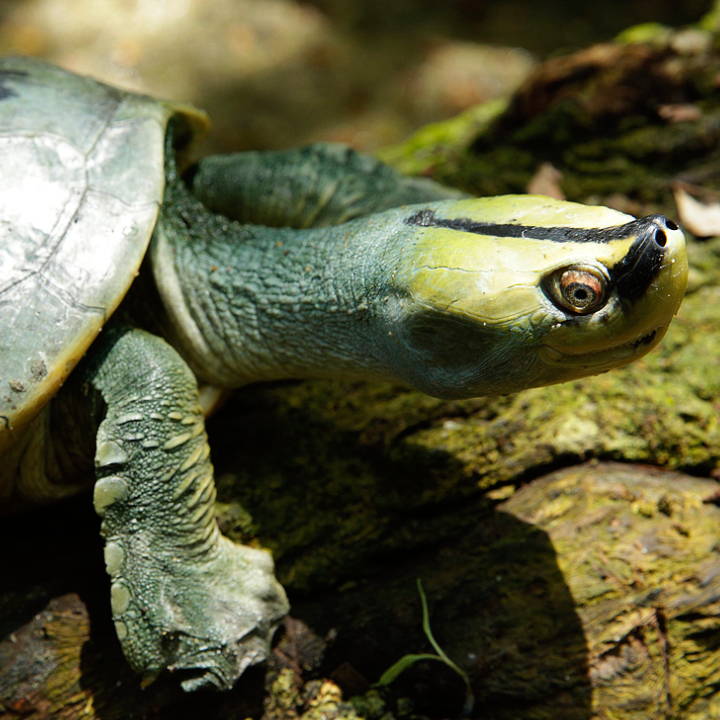
Burmese Roofed Turtle
We work with other zoos through Managed Species Programmes to boost genetic diversity and sustain their population under human care.
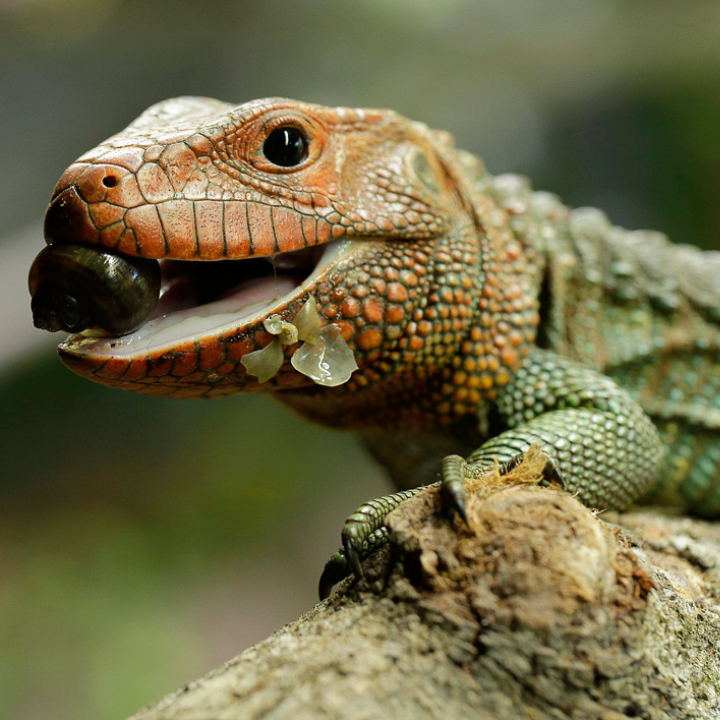
Caiman Lizard
Named for its large, heavy scales. Feeding primarily on invertebrates, it crushes them with strong back teeth, spitting out broken shells before consuming the softer parts.
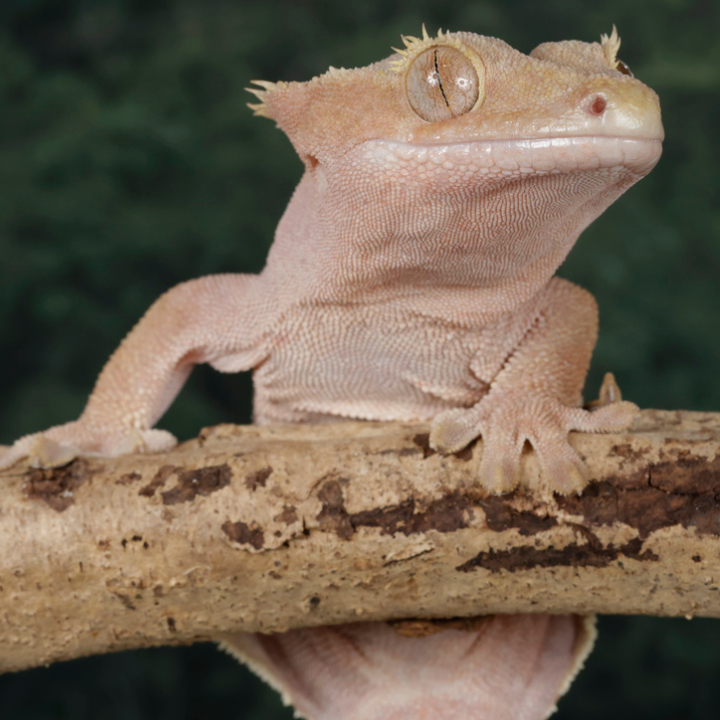
Crested Gecko
These tiny geckos lack eyelids. Instead, they lick a clear membrane over their eyes to keep them clean!
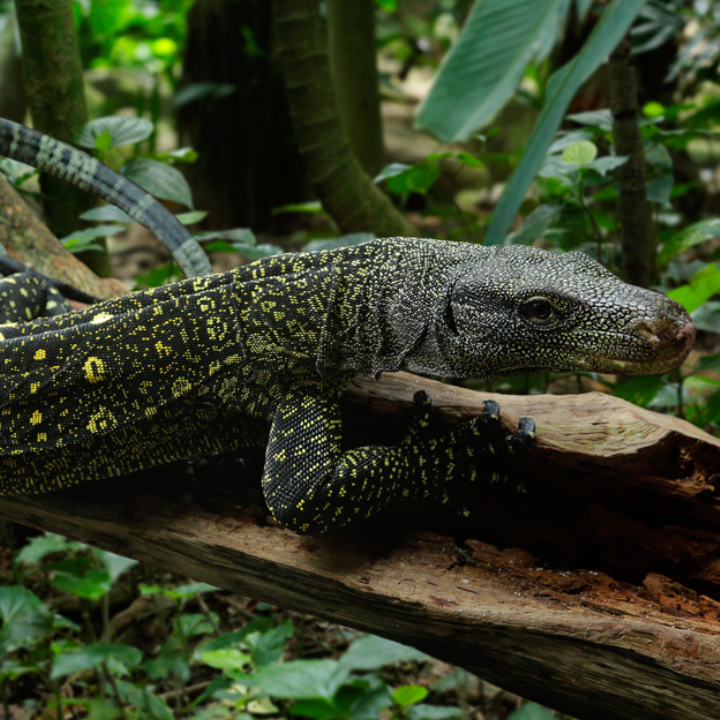
Crocodile Monitor
While it uses its tail primarily as a counterbalance when leaping from branch to branch, it can also use it like a whip for defence.
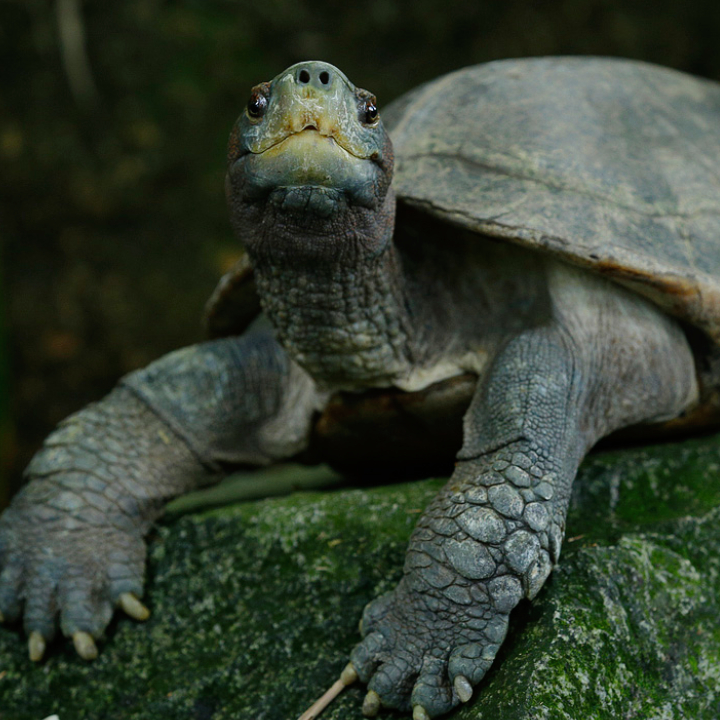
Giant Asian Pond Turtle
Reaching up to half a metre in length and 12kg in weight, this gentle giant is one of the world’s largest freshwater turtles.
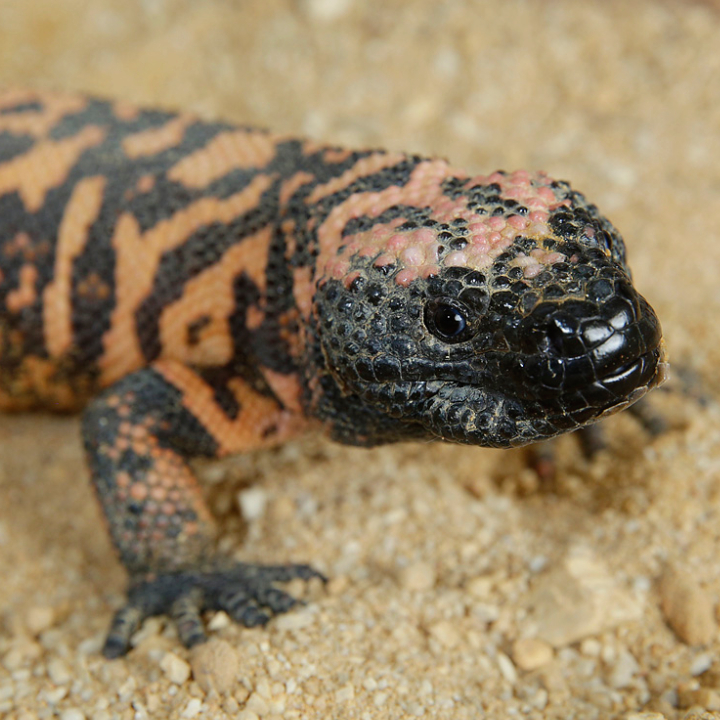
Gila Monster
One of few venomous lizards, it chews venom into its prey using grooved teeth and powerful jaws.
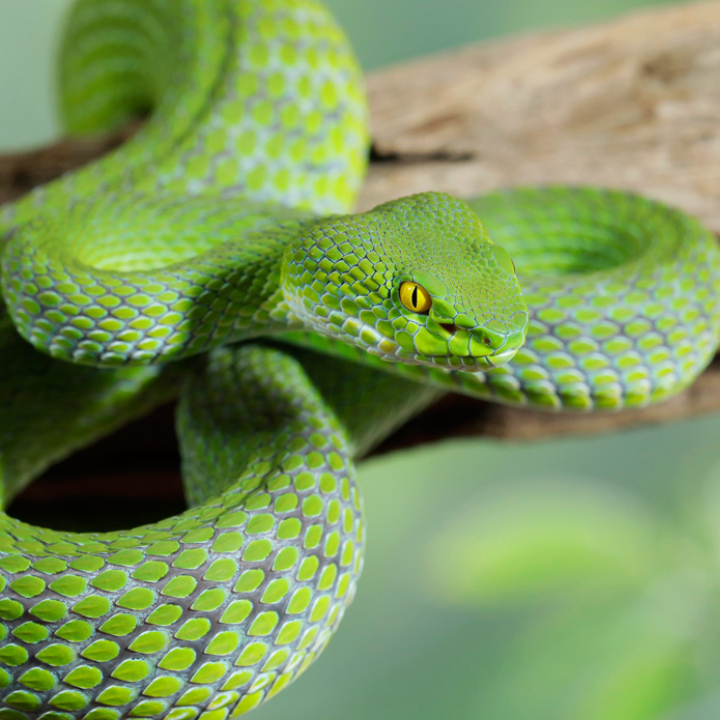
Green Pit Viper
This nocturnal viper uses heat-sensing facial pits to detect and strike warm-blooded prey in the dark.
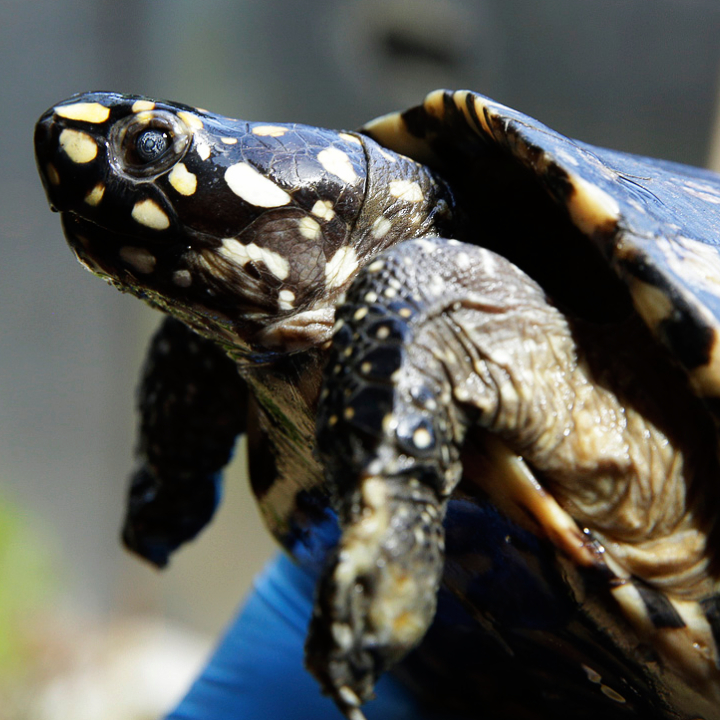
Indian Spotted Pond Turtle
This shy turtle croaks softly when retracting inside its shell, and can grow up to 40.5cm long.
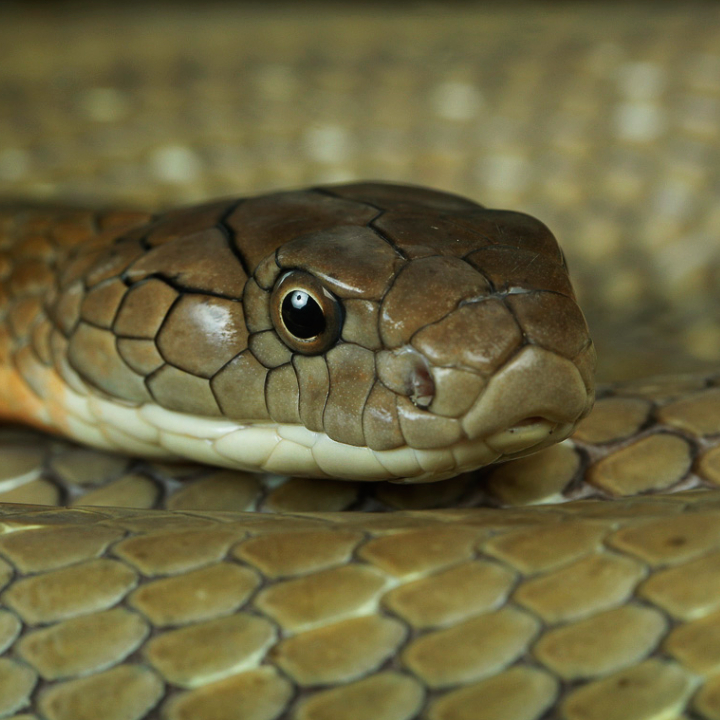
King Cobra
Despite its fearsome reputation amongst humans, the world’s longest venomous snake has a diet consisting mainly of other snakes.
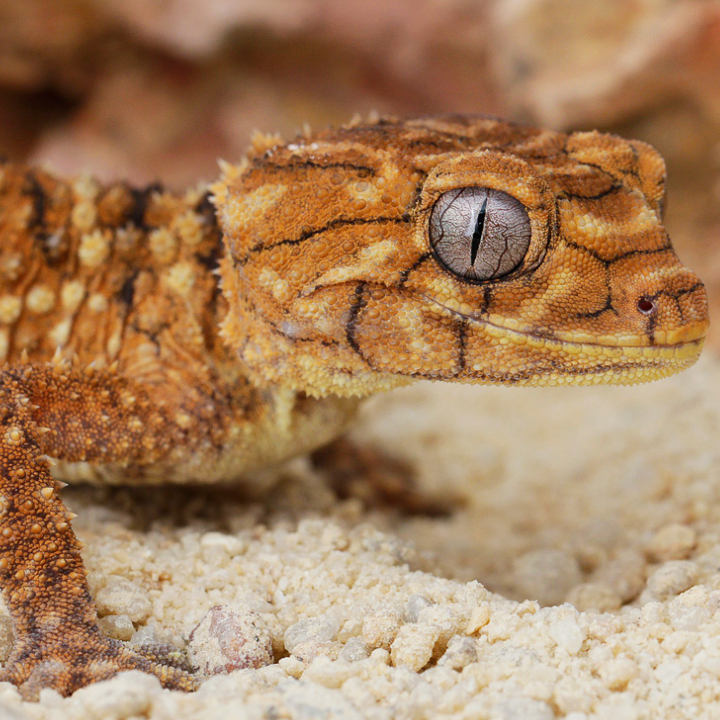
Knob-Tailed Gecko
This ground-dwelling Aussie gecko lives in sand plains and woodlands, rarely climbing trees.
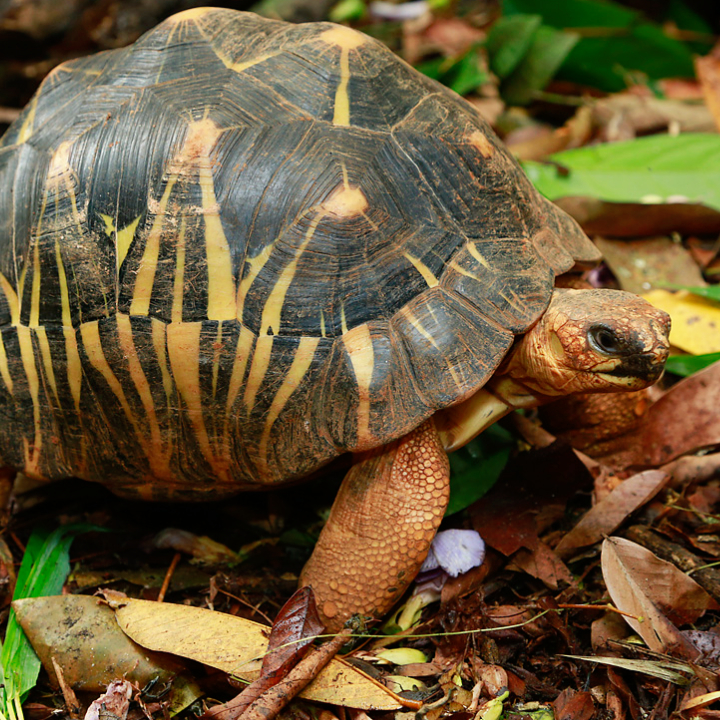
Radiated tortoise
Its shell has fine yellow starbursts and sensitive nerves—it can feel when you touch it!
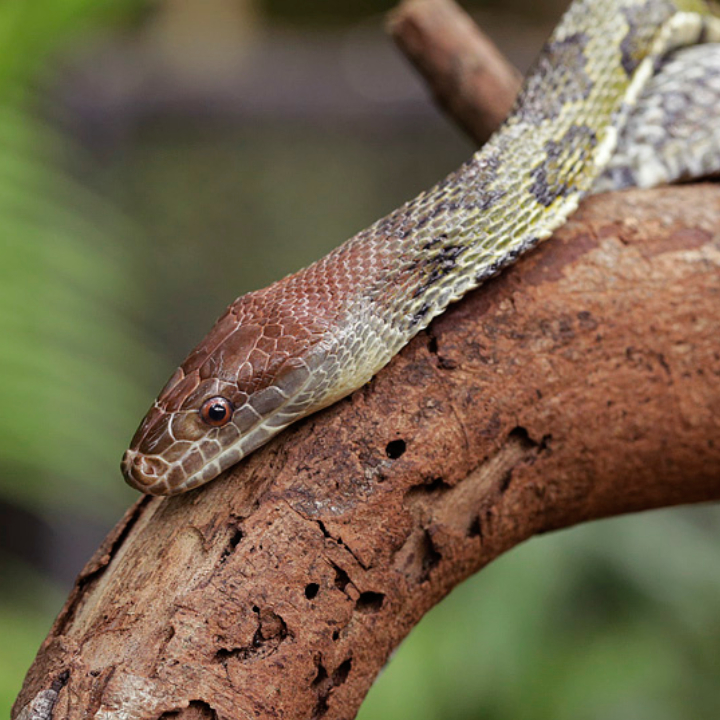
Red-Headed Rat Snake
This tree-dwelling snake uses agility and camouflage to hunt and hide in Asian forests.
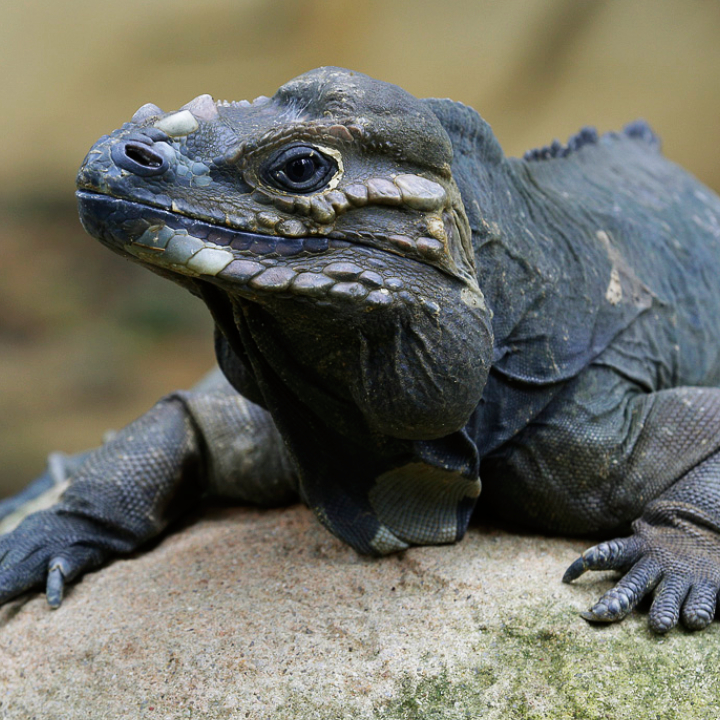
Rhino Iguana
Named for their horned snouts, these stocky iguanas raise back spines to look more fearsome.
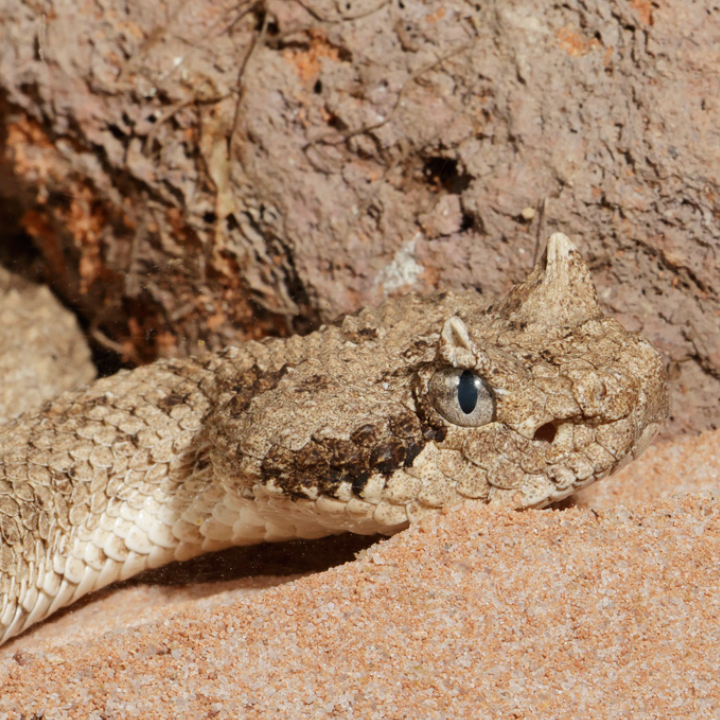
Sidewinder (Rattlesnake)
Their sidewinding gait makes them the fastest-moving of all rattlesnakes. Shuffling their bodies into soft sand, with their heads barely exposed, they twitch their tail to attract prey.
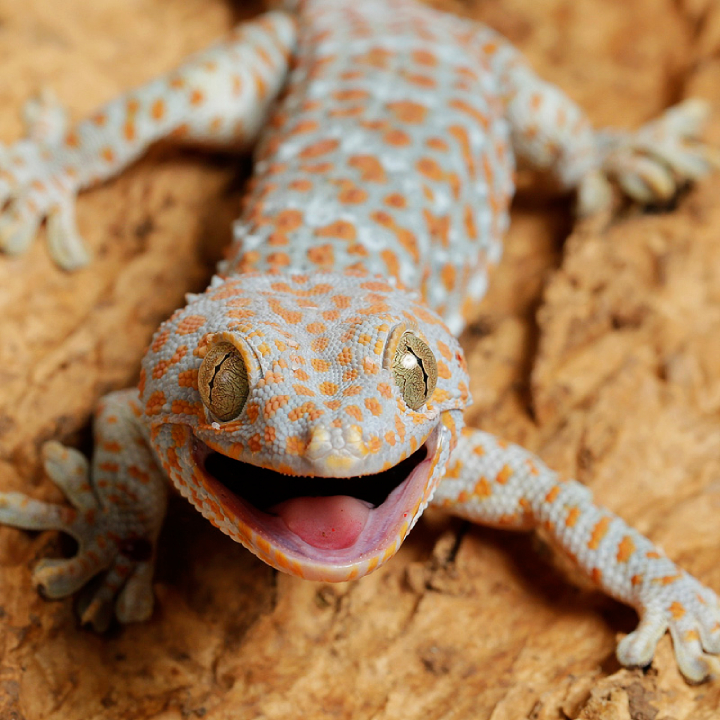
Tokay Gecko
These bug-hunting geckos thrive in cities and even have a light-sensing “third eye” on top of their head.
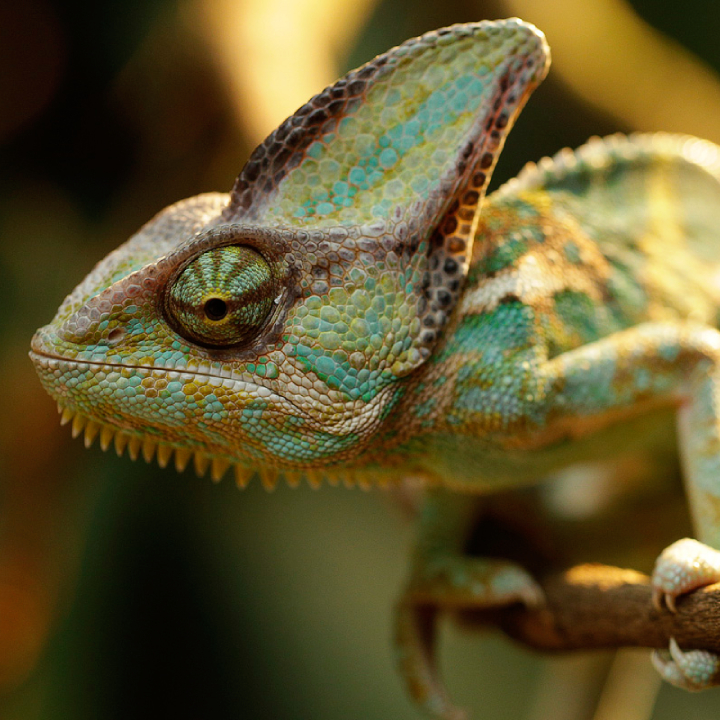
Veiled chameleon
Their binocular vision enables them to move their eyes independently, focusing on two different objects at once!
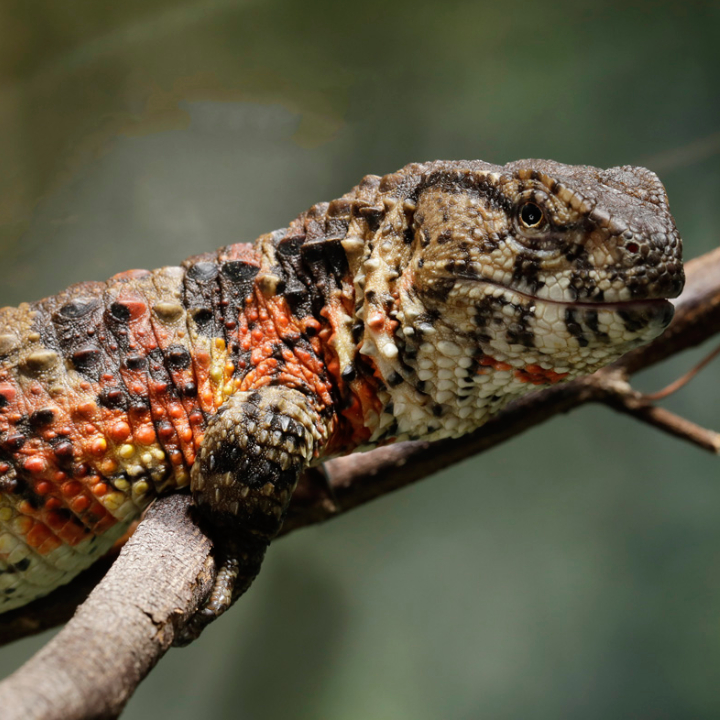
Vietnamese Crocodile Lizard
Named for their croc-like tails, these rare lizards give birth to live young—unusual for reptiles!
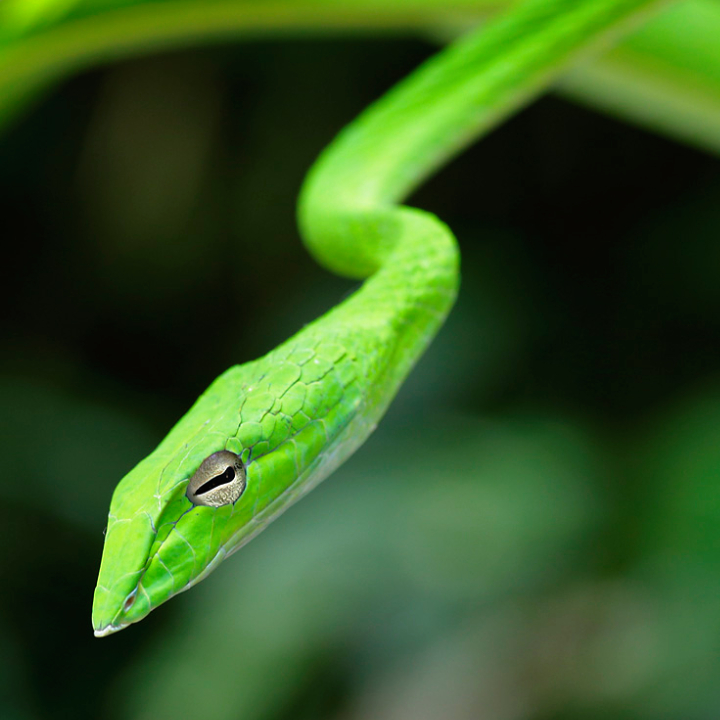
Vine Snake
These slender, tree-dwellers are venomous, using their venom to subdue prey. However, they are not considered dangerous to humans.
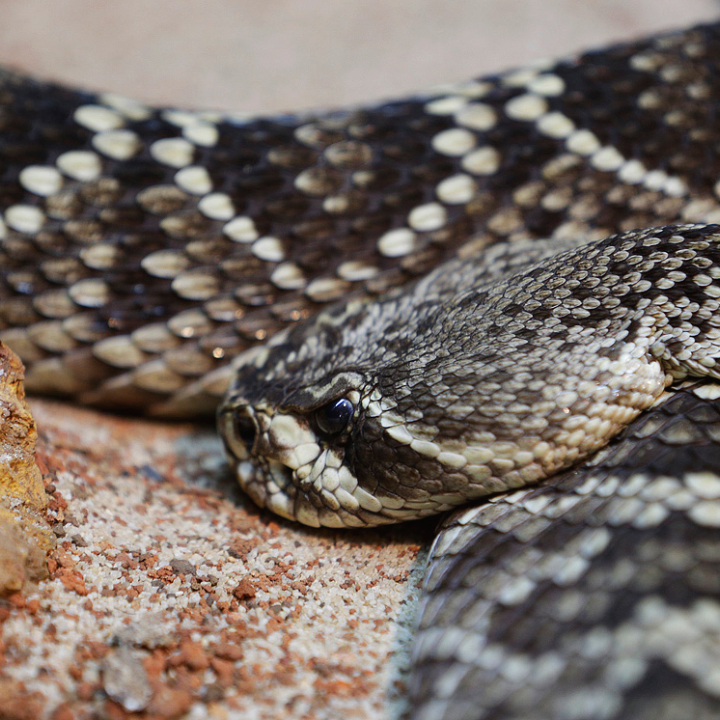
Western Diamondback Rattlesnake
While they aren’t born with rattles, every shedding leaves a little piece on their tail – adding a new ‘button’ and making their rattle bigger.
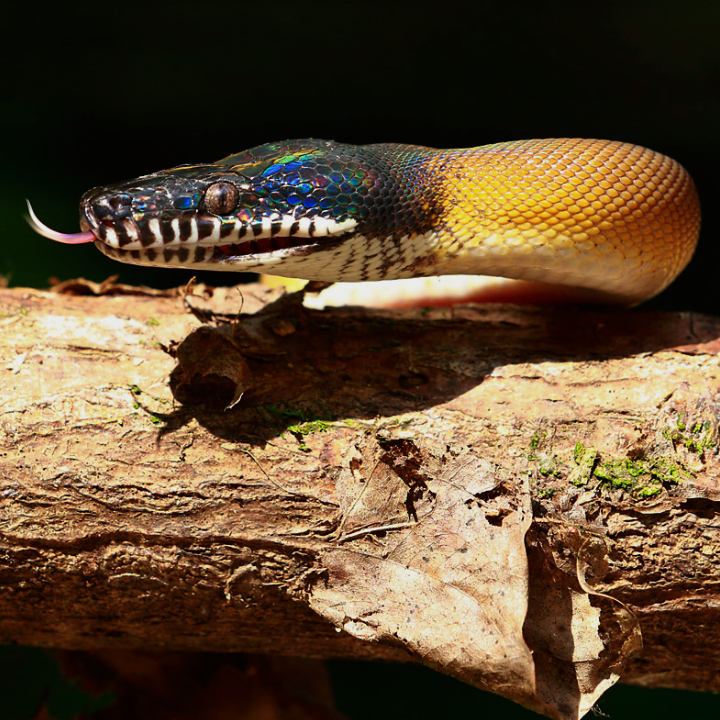
White-Lipped Python
With rainbow-sheen scales and more teeth than any other python, it’s a dazzling ambush hunter.
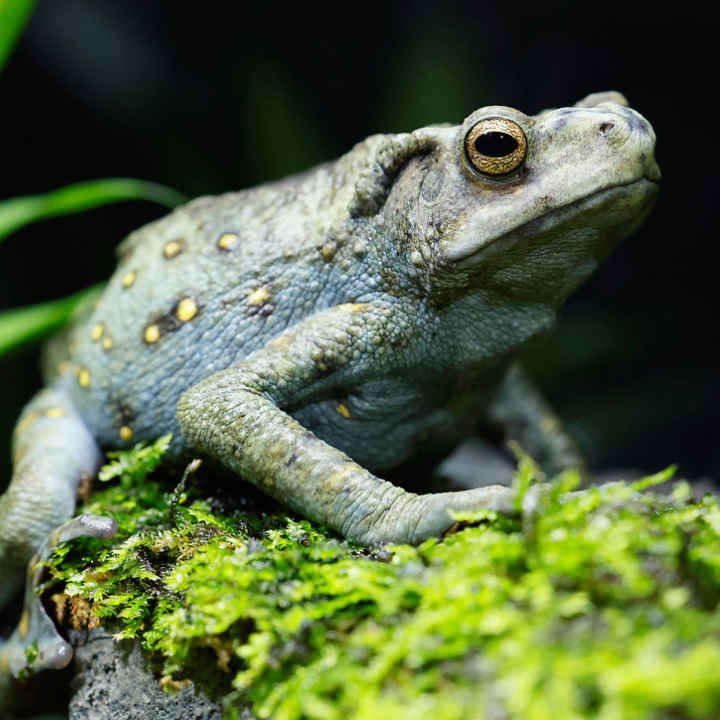
Yellow-Spotted Climbing Toad
Living high in the canopy, females are bigger and brighter than their brownish-orange mates.
Special Experiences
Backstage Pass: RepTopia
Fri, Sat & Sun RepTopia 1:30pm – 2:30pmLearn about the amazing adaptations of reptiles and the threats they face.
Observe close-up feeding sessions of our scaly friends with plenty of photo opportunities!
For enquiries or bookings, please email us at [email protected].


